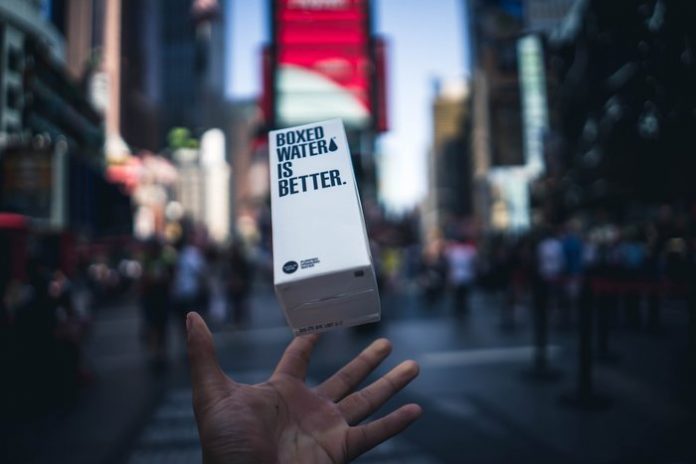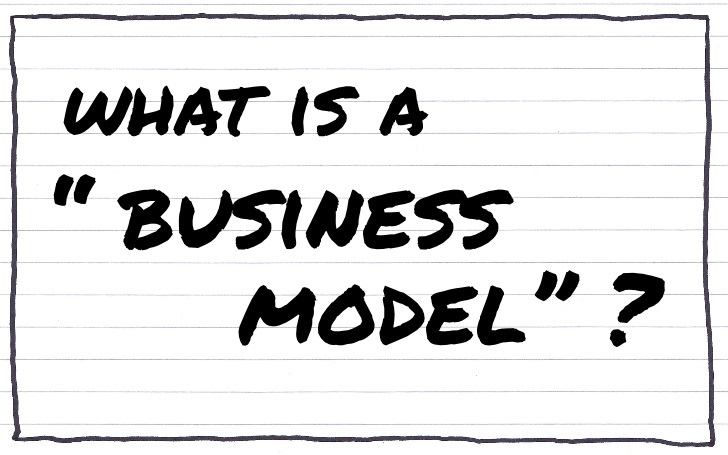Marketers have been trying to trick their customers for a very long time. Packaging tricks are one of the oldest techniques used in order to attract new customers or to retain existing customers. Often, marketers make use of half-truths or whole lies in order to deceive the customers, who fall for it easily. But with the advent of technology and smart devices, consumers are becoming more and more aware. Nevertheless, marketers continue to employ tactics which will not only appeal to the customers but will also make their product a highly coveted one. So here is a look at the 8 powerful tricks that marketers use in packaging their products:
1) Fat Free
This is the most common trick used by marketers. They claim on the package that their products are fat free, which attracts consumers since most of them are health conscious. What they do not mention is that the product still contains a huge amount of sugar. This trick is very successful in most cases since many consumers do not realise the difference. Products promoted as being healthy often succeed better – even if they are not so healthy in reality. It is all about creating a perception in the minds of the consumer! A similar trick is employed in the case of Trans Fats. According to research, Trans Fats are dangerous for health and can even cause heart disease. But marketers hide the trans fats in their products by using misleading words such as “hydrogenated” or “partially hydrogenated” oil, which is hard to spot for the consumers.
2) Portion Size
One of the classic packaging traps is to over-state or understate the portion size. This results in the customer being led into believing that the product is very useful to them and is good in terms of health benefits. What they do not realise is that portion sizes mentioned on most products do not reflect actual portions, and hence the calorific values mentioned on them are not applicable. Further, marketers ensure that the nutrient values are maximised per portion so that the customer picks up your product more often than not.
3) Deceptive Labels
The nutrition labels of most product packages have “recommended daily values” mentioned on them. However, according to the FDA, there is no recommended daily value for proteins and sugar at all! This is a classic example of having a deceptive label which fools the customer into believing that the product is actually very healthy. Also, words such as “Recommended by experts” are common when it comes to product packaging. Such words are nothing but marketing techniques.
4) Terms and Conditions
There are a lot of packages in the market which make generalised statements about the benefit of the product. What consumers do not notice is that there is often a tiny asterisk on top of the statement which dilutes the entire meaning of the claim. In today’s world, nobody has the time to go through the terms and conditions pertaining to a claim. Thus, by simply looking at the claim, the consumer is deceived, and they buy the product, without actually looking at the applicable terms.
5) Bigger is Cheaper
For almost all categories of products, the marketers tend to promote this notion that bigger packs are cheaper than the smaller ones. What the consumers do not realise is that it also results in a bigger sale for the marketer and often the cost savings on such bigger packs are minimal. A good example of this is toiletries. Very often, cleaning products which come in larger packages are promoted as being more pocket friendly for the consumers. This results in the customer being deceived into buying it, without realising if there are actually any substantial savings or not.
6) Natural Ingredients
This is one of the most common tricks in marketing books. The product is claimed to be made of 100% natural ingredients as per the packaging and is promoted as being of very high quality. Consumers easily fall for this and buy the product. What they do not realise is that there is no such term defined by the regulatory authorities. A product being made of natural products is nothing but a matter of perception. An ingredient that is natural to the company may not actually turn out to be natural enough for you! Additionally, with the advent of technology, almost anything can be classified as “natural,” even if it has been developed in some kind of laboratory.
7) Certifications
Product certifications mentioned on packages are often completely false or are based on half-baked truths. There are a lot of “official” looking certifications which are simply an eye wash. For example, Milo cereal claims to be certified having minerals and vitamins. But in general, it is one of the unhealthiest products on the shelf. Additionally, these certifications do not really add any value to the product in most cases. These are just ways to attract the consumer to the packaging and do not actually provide any benefits. A lot of marketers also tie-up with third parties which are not at all credible and provide them with meaningless certifications. The mention of such certifications on the package merely acts as an eyewash without having any tangible benefits.
8) Package Quantity
Marketers often trick their customers by creating packaging that is much larger than it should be! Since humans like to have products which are larger for a smaller amount of money, the marketers ensure that their packages are large in size, even if the actual product is tiny. A good example of this is potato chips. Almost all potato chips manufacturers create large packages which have a small number of chips. The rest is just filled up with air in the name of “preserving freshness” of the product. When consumers are comparing two similar products, they tend to go for the larger package thinking that it will provide them with value for money, which is not necessarily true.











